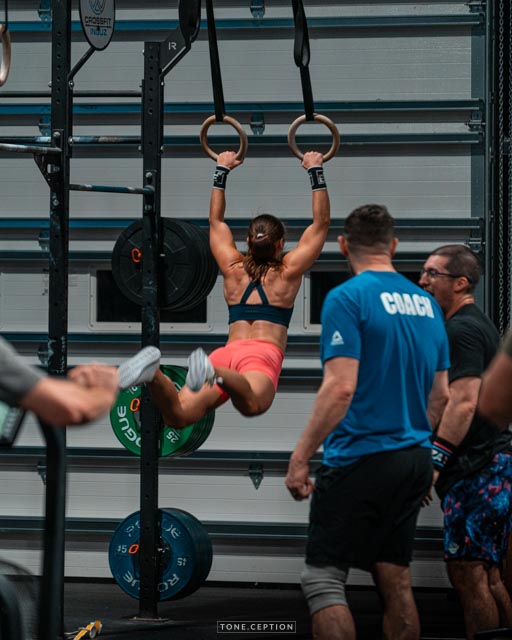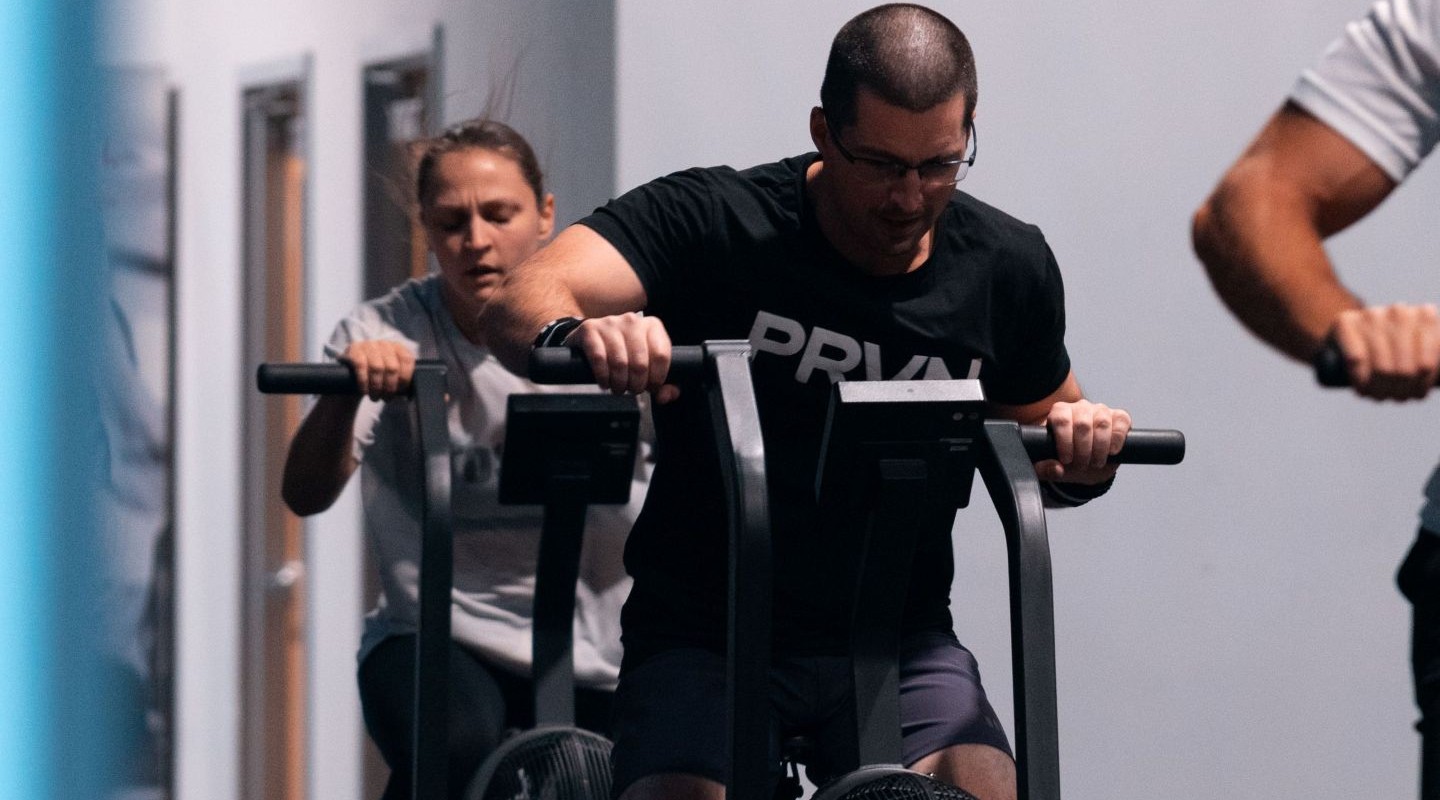By clicking “Accept All Cookies”, you agree to the storing of cookies on your device to enhance site navigation, analyze site usage, and assist in our marketing efforts. View our Privacy Policy for more information.
Genetics vs. Practice: What No One Tells You about Elite Athletic Performance. You are more capable than you realize.
Genetics is helpful but not the determining factor for elite athletic performance. Predisposing human potential based on genetic makeup alone could prevent people from developing their true self. Written by David Myers
By
July 31, 2025

In pursuing elite athletic performance, an individual’s genetic profile may be a defining factor, but a person’s determination to surpass insurmountable limits might make a more significant contribution. We understand Charles Darwin’s statement, survival of the fittest, to be a simple phrase that encompasses the underlying attributes of an organism to adapt to its environment to continue to thrive and reproduce.
Regarding athletic performance, survival of the fittest may commonly be associated with a person who possesses the genetics and is trained to overcome great adversity in preparation for a particular event. A better understanding of the role of genetics and training adaptations brings into question whether genetic superiority or sheer focus and determination is the main driving force in surpassing the limits that once seemed impossible.
What limits can you surpass? Do you have what it takes to focus on improving physically? Try a Free Class to see what you are capable of.
Training to Perform
Specific physiological adaptations must occur in the endeavor toward athletic achievement. That is, the physiological, anatomic, and biochemical events culminating in the positive “fitness effect” reflect reactions to the stresses of training overload. And such adaptations consequently form the basis of enhanced physical performance(Rowland, 2018). However, it is not in some arbitrary way that doesn’t specifically cater to the sport or exercise in question.
For example, an Olympic weightlifter seeking to maximize strength would not engage in regular aerobic exercise. The weightlifter would significantly increase strength through continual sessions of exercise that promote muscle cell protein synthesis and neuromuscular excitation.
Similarly, a marathon runner would train to develop greater cardiovascular and aerobic metabolic capacity adaptations through sustained efforts engaging large muscle groups. Developing such transformations through various training techniques is not a typical response to a change in the environment for the benefit of survival and reproduction. However, identifying what humans are athletically capable of requires us to understand if we can surpass our limitations.
A reductionist view of training for elite sport performance identifies a range of interdependent adaptations that enable an athlete to sustain the highest rate of energy production for the duration of their event, optimize economy of motion, defend cellular homeostasis, and delay the onset of fatigue (Furrer et al., 2023).
The training aspects coaches employ are designed with the goals mentioned in mind. Developing and maintaining such adaptations for an athlete has come a long way in terms of program design, which follows three concepts. Although there are multiple and varied approaches to optimize adaptation to enhance sporting performance based on a multitude of mechano-biological descriptors, the general principles of exercise training focus on three main concepts: progressive overload, specificity, and reversibility(Furrer et al., 2023).
Each concept provides a general sense of how to continually optimize training to elicit a physiological response. Progressive overload refers to providing increasing stimulation in a series of relative steps once an athlete has reached an adaptation to the training. Specificity focuses on the type of exercise an athlete performs, and the training coincides with the athlete’s competition. Reversibility identifies the loss of adaptations developed through training through extended periods of no training. Each concept is utilized in such a way that would allow for increases in performance while advocating for proper rest and recovery.
Genetics and Training
Throughout history, humans have investigated what causes an organism to develop specific characteristics and how it adapts to its environment. The Austrian monk Gregor Mendel 1865 utilized pea plants to understand if certain traits were passed on to the offspring from parents. A seemingly simple concept identifies traits derived from specific genes within an organism’s genetic code. The combination of genes displaying a specific trait is recognized as an allele; the common alleles within a particular code of genes were noticed to create an outcome based on each parent’s dominant and recessive pairs.
The discovery of deoxyribonucleic acid (DNA), its structure, makeup, and function allowed researchers to understand the genetic code within a human better. Specific genes within DNA exhibit varying alleles that could predict varying outcomes within humans. By understanding genes that produced particular proteins and their alleles, researchers identified how these proteins created physiological adaptations to the environment. Concerning athletic performance, hundreds of genes have been identified in endurance and strength/power athletes. In a systematic SWOT (Strength, Weaknesses, Opportunities, and Threats) analysis, Konopka et al. (2023) explain one:
“A good example for describing the involvement of genes in exercise is the ACTN3gene. This gene codes for the alpha-actinin-3 protein, which is responsible for producing forceful muscle contractions. (Houweling et al.,2018) A stop-codon variant (rs1815739; R577X) results in a non-functional protein (i.e., XX genotype) and individuals carrying this genotype lack theACTN3 protein. In contrast, the R allele (i.e., RX or RR genotype)results in a functional ACTN3 protein. Interestingly, power and strengths athletes more frequently possess the functional protein when compared to endurance athletes. (Del Coso et al., 2019; Baltazar-Martins et al., 2020)Therefore, the R allele has been linked to power/strengths sports and the XX genotype to endurance sports.”
Since the start of categorizing and understanding specific genes within human DNA, multiple genes are now associated with athletic performance. Researchers can identify people with great potential by understanding which genes develop the proteins of skeletal muscles and how they respond to training adaptations. Merely possessing the DNA of an elite athlete isn’t enough, as the training involved must invoke a response for adaptation. However, this brings into question the need for such genetics to develop the person into an elite athlete, or can a person’s determination reach such goals?
Theory of Deliberate Practice
If being born with an athlete’s genes were enough, the idea of selective breeding would, in effect, develop athletes to phenomenal heights. However, are we subject to the limitations of our genes? Rowland (2018) explains that,
The Theory of Deliberate Practice, which holds that success in athletics is not established by a genetic-imposed ceiling but rather by one’s ability to commit to training of sufficient duration, quantity, and focused intensity. It takes time to accomplish this—about 10 years and 10,000 hours of training—but it is just this extended focused training regimen, rather than any innate genetic talent, that makes for champion athletes.
Utilizing the concepts of progressive overload, specificity, and reversibility, one could effectively train in such a way that would still elicit the necessary physiological adaptations beyond genetic limitations. Rowland (2018) characterizes deliberate practice as:
· Training regimens that focus on a particular aspect of performance and concentrates on solving weaknesses and correcting errors.
· Addressing recognized tasks that need challenging.
· Hard work, which is not always pleasurable.
· Expert feedback from skilled coaches.
· Commitment to a long-term training program.
These tenets identify the necessary focus and determination of an athlete to achieve the results that are desired and beyond what may be considered possible. To say that deliberate practice is the most effective way to induce continual results in athletic achievements is a gross understatement.
Indeed, as Hambrick et al. put it, “the evidence is quite clear that some people do reach an elite level of performance without copious practice, while other people fail to do so despite copious practice” (italics theirs). A controlled, prospective study is necessary to support the claims outlined by the proponents of this paradigm in order to provide evidence for causal relationships (as cited by Rowland, 2018).
Considering the principles of deliberate practice, we would be remiss not to include the effect of genetics and the external environment.
Conclusion
To perform at an elite level, one would benefit from their genetics and must be willing to seek the adaptations within their environment required for a specific ability. As concluded by Konopka et al. (2023),
The possession of an advantageous genotype does not guarantee the manifestation of athletic phenotypes, since a myriad of psychological, social, and environmental factors exert a substantial influence on athletic performance, and genetics only accounts for a fraction of the inter-individual variability observed.
Therefore, our continued pursuit of elite athletic performance should not be narrowly focused on any one measure. The insight of certain genetic traits afforded to someone may allow for a detailed training program to elicit the most extraordinary response. Furret et al.(2023) explain, “Genetic prediction of athletic prowess and specialization disregards personal preferences and choices, with potential detrimental consequences on enjoyment, motivation, and ultimately adherence.” Predisposing human potential based on genetic makeup alone could prevent them from developing their true self.
References:
Furrer, R., Hawley, J. A., & Handschin, C. (2023). The molecular athlete: Exercise physiology from mechanisms to medals. Physiological Reviews, 103(3), 1693-1787. https://doi.org/10.1152/physrev.00017.2022
Konopka, M. J., Sperlich, B., Rietjens, G., & Zeegers,M. P. (2023). Genetics and athletic performance: A systematic SWOT analysis ofnon-systematic reviews. Frontiers in Genetics, 14. https://doi.org/10.3389/fgene.2023.1232987
Rowland,T. (2018). Controversies in Exercise Science. Taylor & Francis


